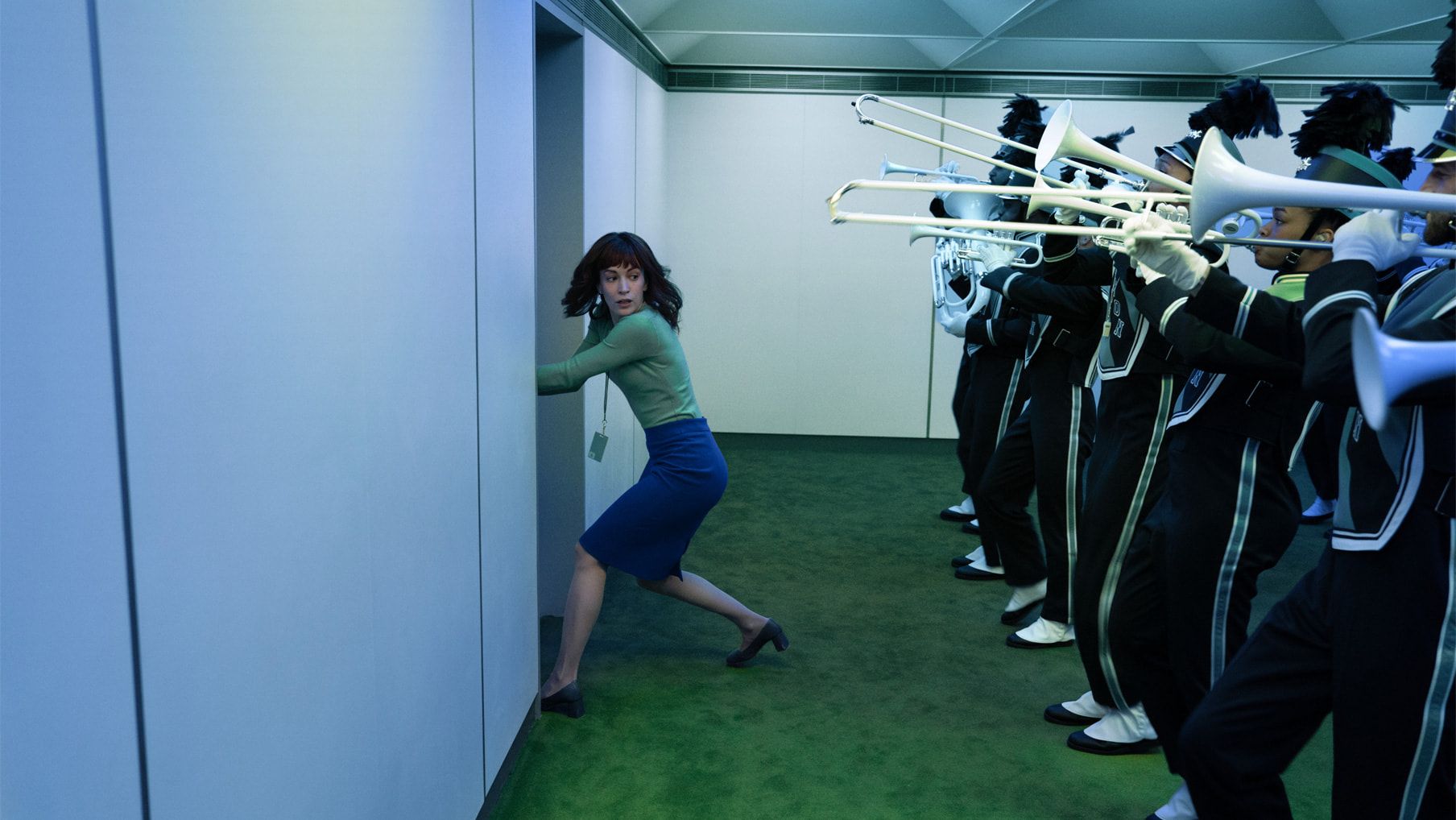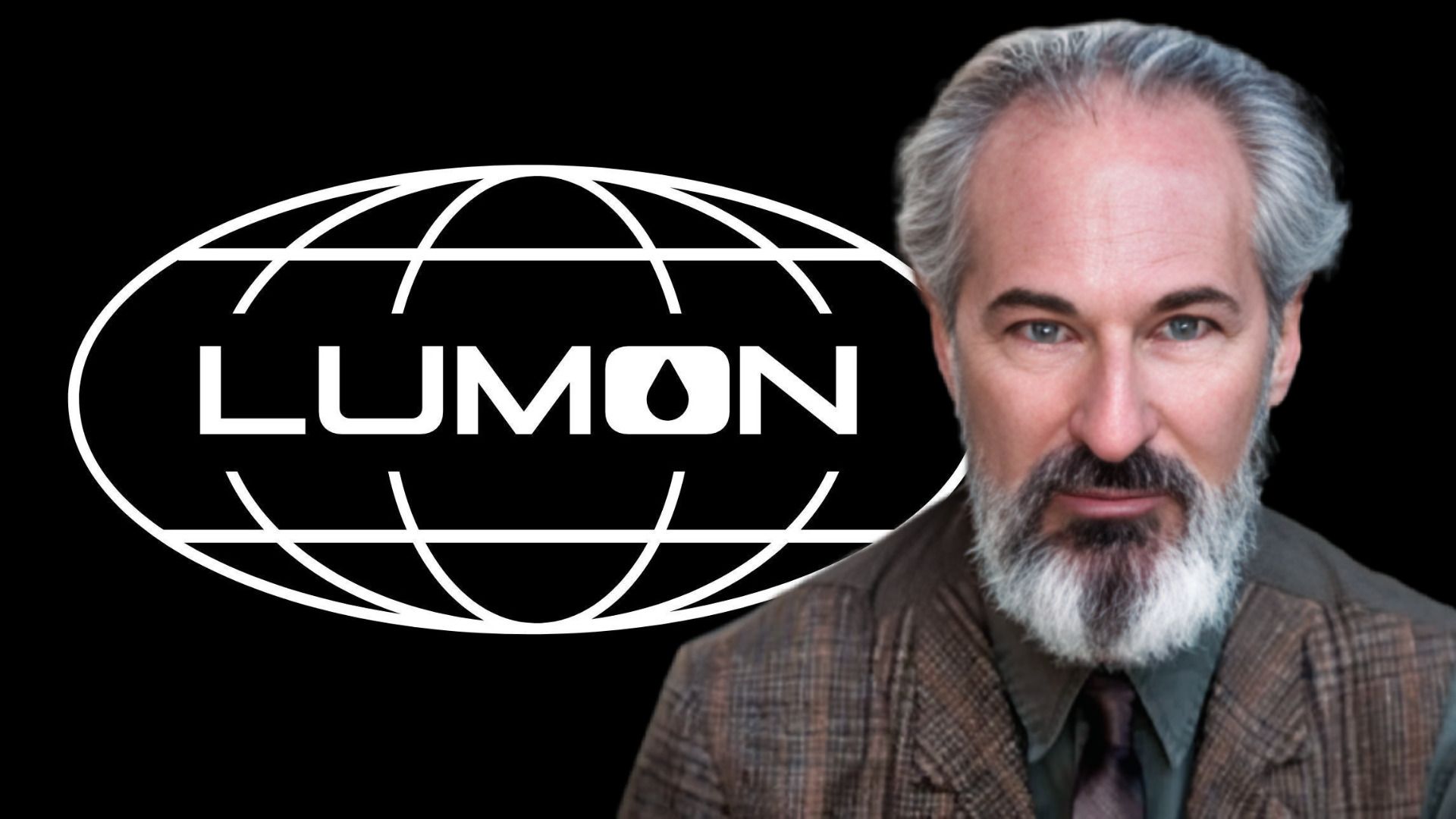
Ava Harper
Article
...
Ava HarperTop Author
Article
...
Who Is Kier Eagan? Inside Lumon’s Founder, Cult, and Secrets | Severance
Kier Eagan is more than a name carved into Lumon Industries’ walls. He’s the architect of a belief system, the ghost that keeps an entire corporation breathing. To the workers who whisper his words in sterile halls, he’s both savior and specter. And behind that perfectly framed portrait lies a story of obsession, sickness, and control.
A Sickly Child Who Dreamed of Power
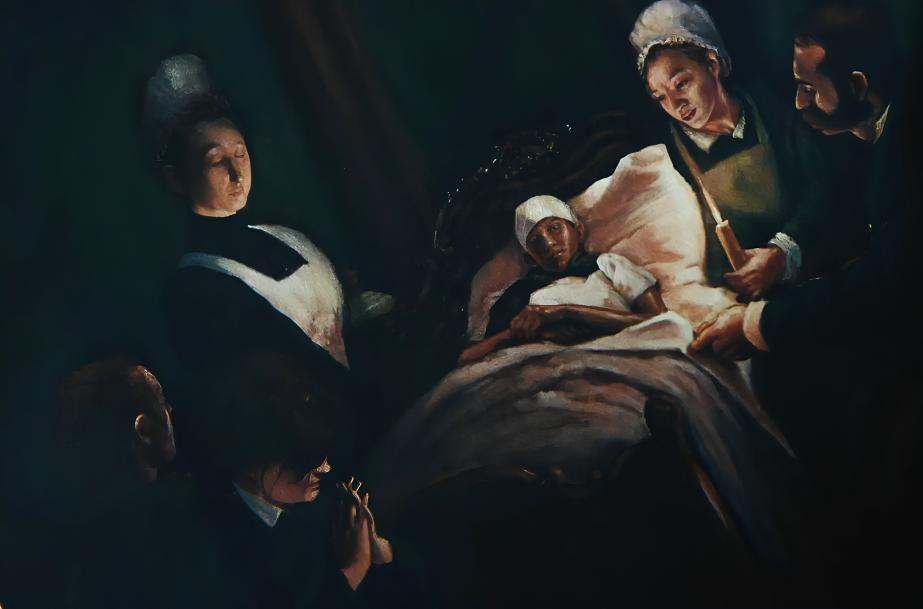
Born in 1841 to parents bound by blood, Kier entered the world weak and bruised. Illness followed him everywhere, tuberculosis, fragile skin, a body that never quite kept up with his mind. His childhood was marked by pain and strange visions that later became the roots of his philosophy.
He had a twin, Dieter, his closest mirror and earliest follower. Their bond twisted into myth after Dieter’s mysterious death in the woods, a story Kier would later retell as divine revelation. According to his own words, that night he met “Woe”, one of the Four Tempers that shaped his life’s teachings. Whether the encounter was spiritual or delusional, it became the foundation of everything he built.
From Laborer to Lumon’s Founder

By age twelve, Kier worked stuffing chairs for a cruel furniture maker named Edgare Willit. The job hardened him. He walked seven miles each day and endured beatings that carved endurance into his young frame. When he escaped that life, he swore never to be the one beaten again.
As a young man, he took work in an ether factory and met his future wife, Imogene, a moment later immortalized in the painting The Courtship of Kier and Imogene. Military service as a field doctor introduced him to medicine and suffering on an industrial scale. Out of that came his idea: to create remedies that healed not just bodies, but souls.
In 1865, Kier founded Lumon Industries. It started as a small pharmaceutical business. Under his rule, it became something far larger, an empire built on devotion. For seventy-four years, he sat at its center, sculpting not just products but a philosophy: pain purified, obedience rewarded, individuality severed.
The Birth of a Doctrine

Eagan’s teachings blurred the line between science and scripture. He spoke of the Four Tempers—Woe, Frolic, Dread, and Malice—as the elements of every soul. “I walked into the cave of my own mind”, he once said, “and there I tamed them”.
To Lumon employees, this became a commandment: conquer your inner chaos to serve a higher order. His sayings were printed on plaques and whispered in ceremonies. “Let not weakness live in your veins”, one of his quotes urges, “drown it inside you”.
Even after his death in 1939, the devotion persisted. The company turned his life into liturgy, his words became scripture, his image a relic. Within Lumon, he was no longer history, he was godhood in corporate form!
The Man Behind the Masks
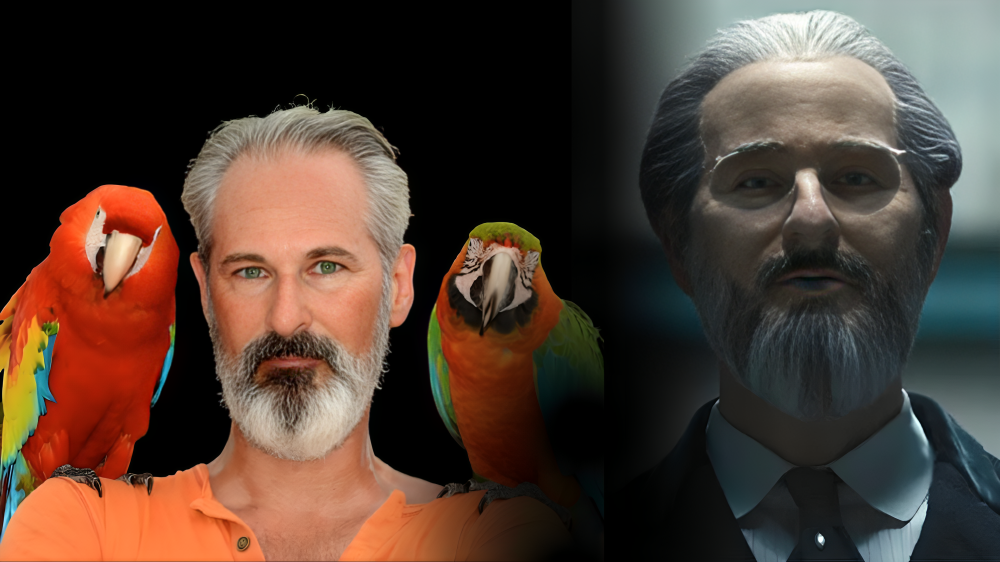
Actor Marc Geller, who provides Kier Eagan’s face and voice in Severance, describes him as “the closest thing to Hitler you could possibly say in the show”.
Every portrait, statue, and animatronic echoes a man obsessed with his own immortality.
Marc Geller said there are now over fifty versions of Kier’s image — paintings, statues, and wax figures — all designed to make him look grand and commanding. Ben Stiller, the show’s director, noticed that Geller is about five-foot-seven, while the Kier statue stood six-foot-three. They kept that difference on purpose to show Kier’s ego, a man who wanted to look bigger, more powerful, and beyond the reach of others.
Even in voice, Eagan shifts through eras. Geller performs him as a dying prophet in one scene and a smug deity in another. The tones change, but the feeling remains: authority disguised as compassion.
A Cult Preserved in Fluorescent Light
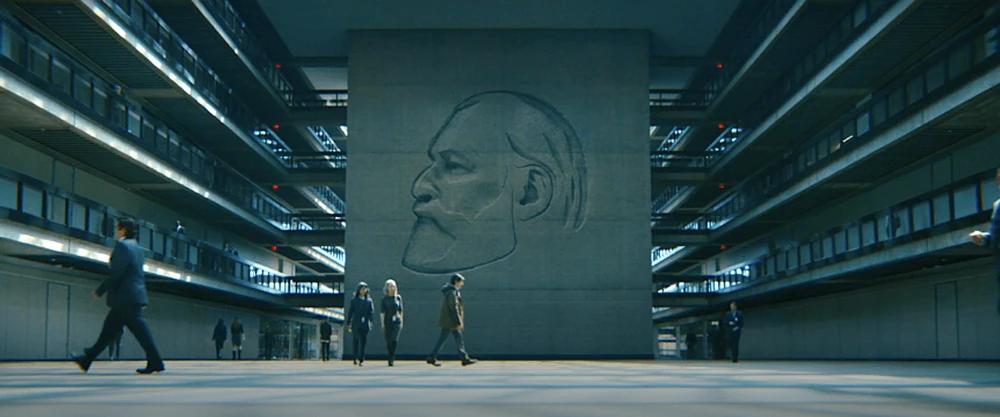
Within Lumon’s walls, Kier’s legacy is absolute. The company’s leaders—like Harmony Cobel—speak of “serving Kier” as if he still watches. Employees celebrate “Waffle Parties” wearing masks of the Four Tempers, and the worker receiving the reward dons a mask of Kier himself. The ritual blends devotion with discomfort, pleasure with submission.
His words still appear on screens when workers complete a file: “I knew you could do it… I love you”. It’s the voice of a man long dead, simulated by machines, reaching out to employees who don’t even know who they are.
The Myth That Outlived the Man

Kier Eagan died in 1939, dictating his final words about his brother’s death—a story that blurred myth and confession. His son Ambrose inherited the company, but not the same presence. The name “Eagan” became bloodline and brand, a dynasty rooted in control.
In modern Lumon, employees still quote him, managers still praise him, and shrines still burn candles for his memory. His teachings survive not as business wisdom but as a belief system. Every hallway lined with his portraits is a reminder that Lumon was never just a company but faith, and Kier Eagan was its god.
The Resurrection Theory: Is Lumon Trying to Bring Kier Back?
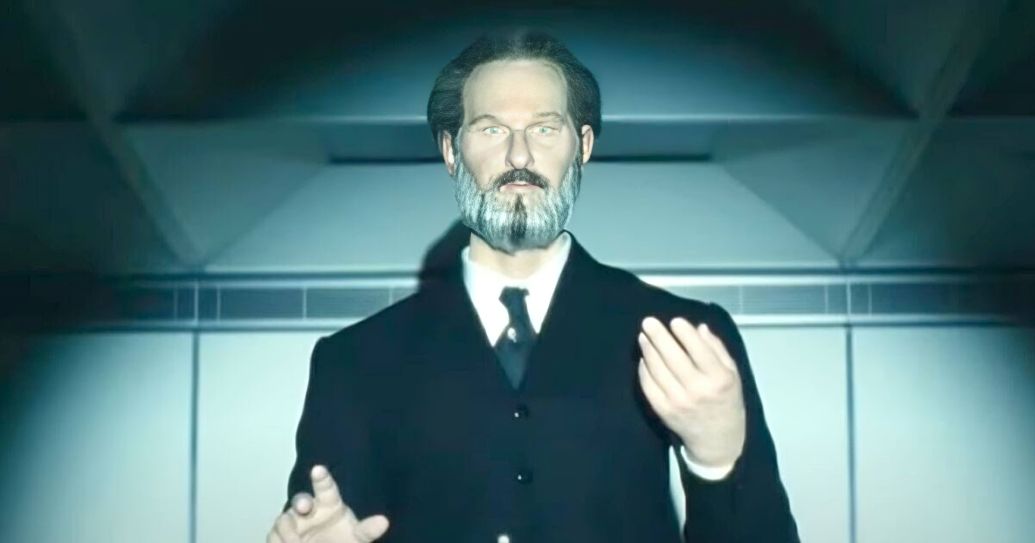
There’s a theory that Lumon’s real mission is bringing Kier Eagan back to life. The company’s halls are filled with his statues, portraits, and wax figures, almost like they’re getting ready for his return.
Some believe Kier’s body is frozen somewhere inside Lumon, waiting to be revived, just like the employees. The rituals, songs, and constant praise might be part of the process, keeping his presence alive until the moment he wakes up.
Why He Still Matters
Kier Eagan represents the perfect embodiment of corporate worship. His image bridges two worlds: the religious hunger for meaning and the industrial hunger for control. He built Lumon to cure pain, but his cure required obedience.
Every statue, quote, and whisper of “Children of Kier” reminds viewers what unchecked devotion looks like. Kier Eagan matters because he shows how easily power can disguise itself as purpose, and how a dead man can still run a company, a culture, and the minds of those who never even met him.


 Ava Harper
Ava Harper